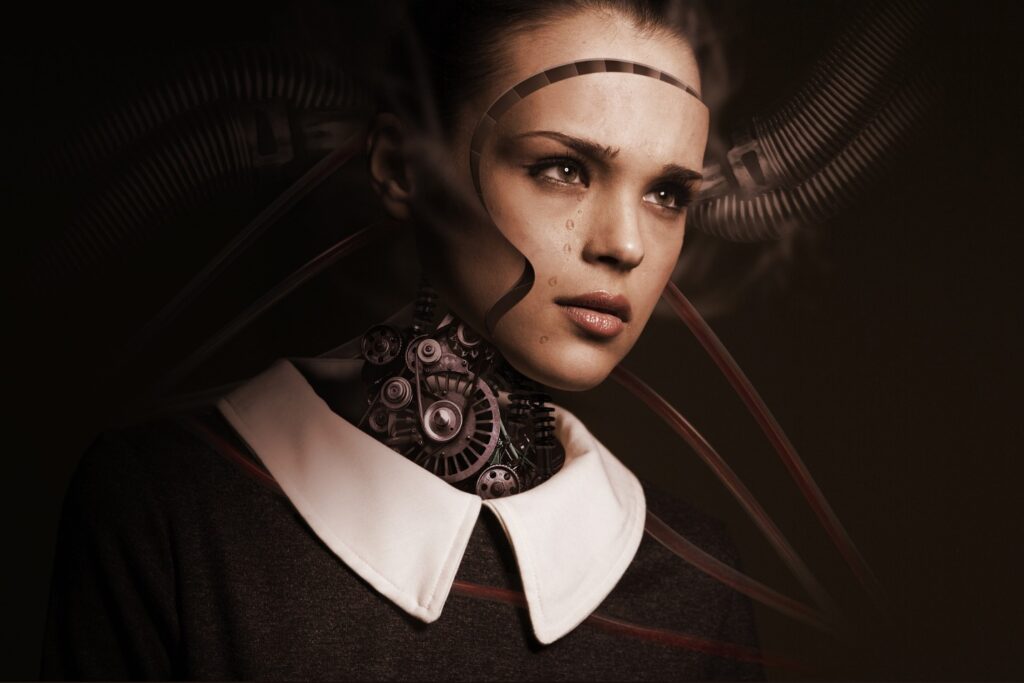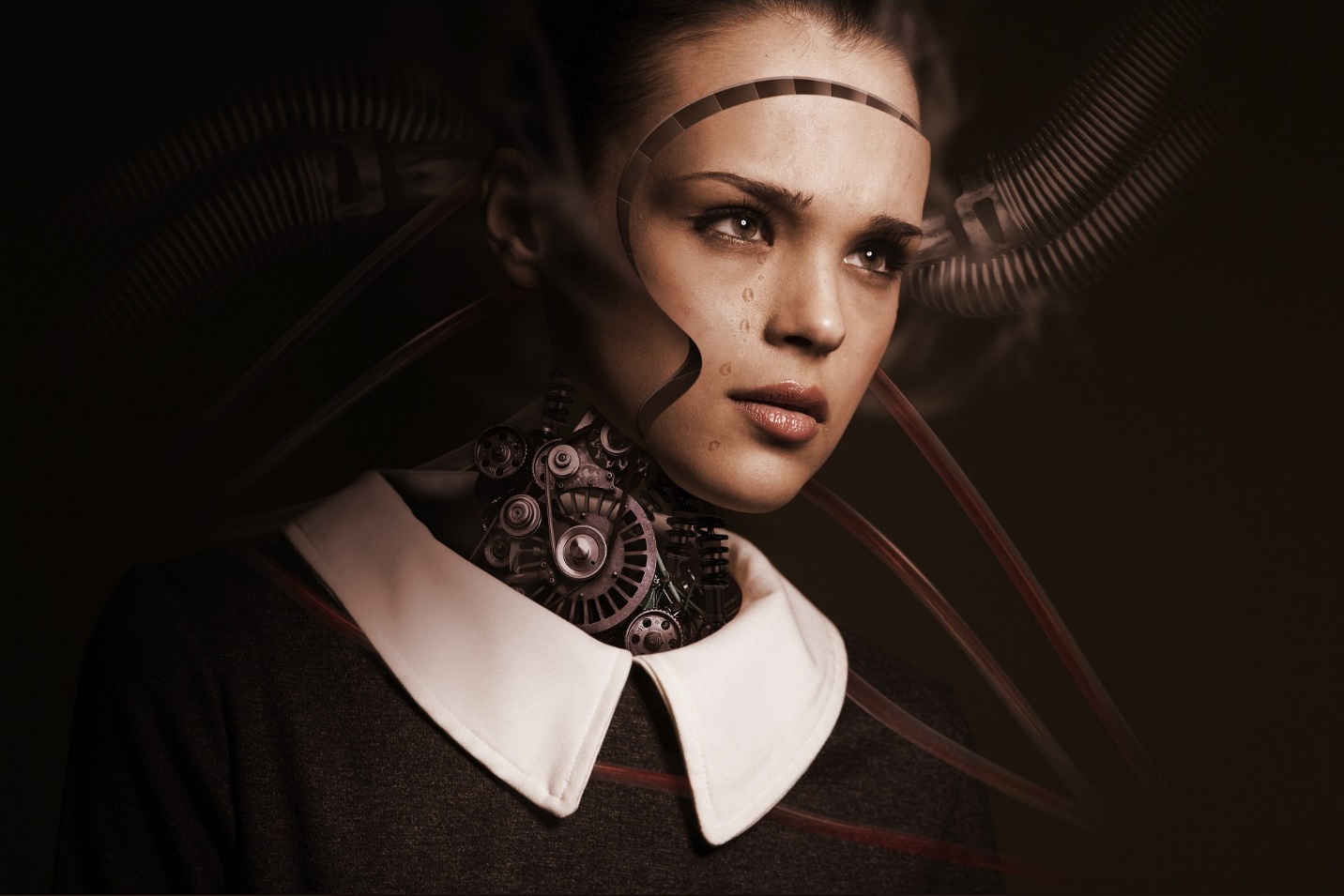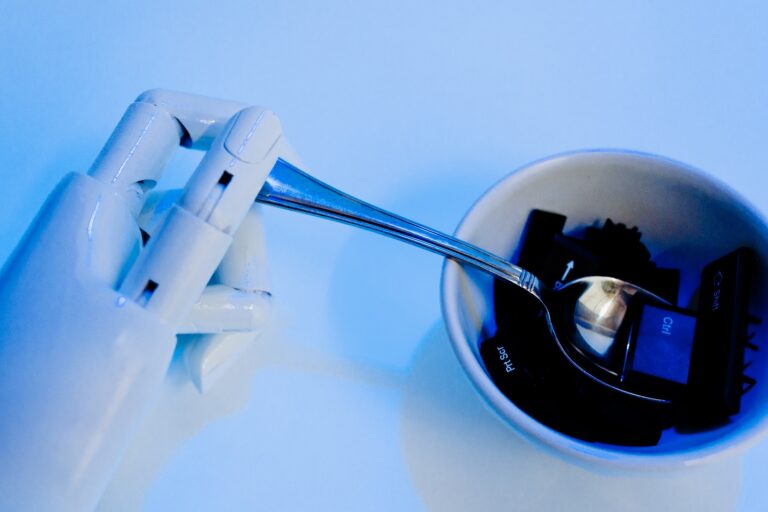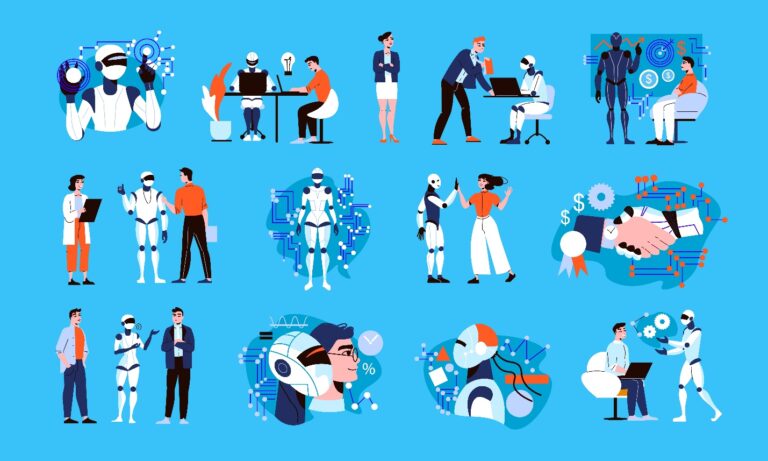
Since its launch, ChatGPT, the OpenAI chatbot, has gained immense popularity and can be employed in numerous fascinating ways, including producing code snippets, providing technical guidance on tool/framework/language usage, recommending best practices, writing resumes, articles, and more.
This article details how to use ChatGPT to create finely-crafted prompts for image AI generators like DALL-E, Midjourney, Nightcafe, and DreamStudio AI.
An AI art generator is a system that creates images, videos, or music based on a given text prompt. It uses image-text pairs for training. I have experimented with several AI art generators, such as DALL-E, Midjourney, Nightcafe, and DreamStudio AI, because they are user-friendly and produce high-quality images.
- DALL-E2 is a text-to-image AI art generator that employs Contrastive Language-Image Pre-training (CLIP) and diffusion models. Although it has 3.5 billion parameters, smaller than its predecessor DALL-E with 12 billion parameters, its prompt length is limited to 400 characters. It generates realistic photos but may not be the best choice for artistic images.
- Midjourney is an AI art generator that uses Generative Adversarial Networks (GANs) for text-to-image conversion. Its internal AI servers are communicated through a Discord bot, and its generated images have a distinctive and impressive artistic style.
- Nightcafe AI Generator initially used neural-style transfer models, but later versions use CLIP + Vector Quantized Generative Adversarial Network (VQGAN) and Stable Diffusion models. A benefit of using Nightcafe is that the generated images can be used without restrictions.
- DreamStudio AI – Stable Diffusion 2.0 is an AI art generator from StabilityAI that uses the Stable Diffusion model for text-to-image conversion. It is equivalent to DALL-E 2 in terms of quality but more artistic.
What is a Prompt?
Producing top-notch content with AI art generators necessitates the provision of a well-crafted prompt, which includes meticulously chosen keywords. The output quality of AI art generators is greatly influenced by the prompt quality.
In simpler terms, a prompt is a textual input consisting of natural language instructions that are used as input for AI generators. For a prompt to be effective, it should include the following entities:
- Subject – refers to the main object or character that the AI system should include in the generated image. The prompt should contain nouns that suggest what scene or objects to create.
- Description – provides additional information related to the subject, such as adjectives that describe the subject or background details that enhance the scene.
- Style – indicates the theme or art style that the image should reflect. This can include references to famous artists or custom styles like fantasy, modern, or contemporary.
- Graphics – refers to the type of computer graphics engine that should be used to create the image. Including keywords like Unreal Engine, 3D rendering, or Octane Render can help ensure the effectiveness of the generated image.
- Quality – indicates the desired resolution of the image, such as 4K, 8K, or HD, and should be included in the prompt to ensure the image meets the desired specifications.
Conclusion
Now, the creative process is in your hands. You have the power to enhance the quality of the generated images by elaborating on the description, exploring new styles, and incorporating your imagination to take your art to the next level. Don’t be afraid to experiment and see where your creativity can take you. Remember, there’s no limit to what you can create, so let your imagination run wild and see where it takes you.




Leave a Comment